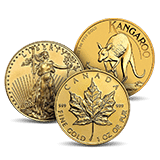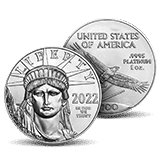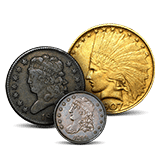
The Bolivian scudo is a historical gold coin minted during the colonial and early republican periods. From its origins in the Spanish escudo to its replacement by the boliviano, the scudo reflects centuries of economic and cultural transformation. It came to represent Bolivian economic stability and cultural identity, and its design, composition, and historical evolution offer unique insights into the nation’s rich monetary history and connection to global trade systems.
Origins and Spanish Influence
The Bolivian scudo’s roots trace back to the Spanish escudo, which was introduced in 1535 as part of Spain’s currency system. Bolivia was then known as Upper Peru and was a vital part of the Spanish Empire, contributing large quantities of silver and gold from the Potosí mines discovered in 1545. These precious resources fueled Spain’s economy and supported the minting of escudos and doubloons—higher denomination coins that symbolized wealth and power.
Background of the Word Scudo
The term “escudo” derives from the Latin word “scutum,” meaning “shield,” and reflects the coin’s symbolic representation of protection and strength. The Italian equivalent, “scudo,” shares the same meaning, emphasizing its historical connection to heraldic shields featured on the coin’s design. These shields represented authority, stability, and security, values embedded in Spanish culture.
The Potosí Mint and Colonial Production
The Potosí mint was established in 1572 and became one of the most important coin production facilities in the Spanish Empire. It minted vast quantities of gold and silver coins, including escudos, that circulated in the Americas and Europe. The mint’s prominence made Bolivia a critical center for global trade and wealth distribution.
Transition to Bolivian Identity
After its independence in 1825, Bolivia retained many features of its colonial coinage, including the scudo. However, Bolivian coins began incorporating local symbols, such as the coat of arms, mountains, llamas, and the sun, representing the country’s natural wealth and sovereignty.
The Sol and Boliviano Era
In 1827, Bolivia introduced the sol, which was valued at 16 soles per scudo, marking the beginning of a gradual transition from colonial to independent monetary systems. Silver and gold denominations circulated, including fractional scudos. By 1864, the boliviano replaced the sol, which was initially pegged to the value of 5 French francs. The boliviano underwent several iterations, including shifts to the gold standard and later decimalization.
Bolivia abandoned the gold standard in 1931 and replaced earlier systems with the peso and then the modern boliviano, which remains in use today.
Designs, Composition, and Variations
Designs
The Bolivian scudo depicted numerous designs that followed common themes:
- Obverse Design: Early designs displayed an armored bust symbolizing monarchy and power. Following Bolivian independence, new versions incorporated symbols such as Potosí Mountain, llamas, the sun, and agricultural motifs reflecting national identity.
- Reverse Design: Reverses from colonial-era scudos bore shields, crosses, and heraldic elements. Later designs showcased the Bolivian coat of arms, emphasizing the sovereignty of the nation.
Composition and Weight
- The scudo was composed of gold with a purity of 87.5% (.875 fine.)
- The 1-scudo coin weighed approximately 3.4 grams, while larger denominations like the doubloon (2 escudos) weighed about 6.76 grams.
- Fractional scudos, such as 1/2, 1/4, 2, 4, and even 8 scudos, were also issued, offering flexibility for trade.
Silver Variations
- In addition to gold coins, Bolivia issued silver denominations under the sol currency, including 1/2, 1, 2, 4, and 8 soles. These coins circulated alongside scudos and were eventually phased out with the introduction of the boliviano.
- Silver designs often featured similar motifs, including shields, agricultural symbols, and references to Bolivia’s natural resources.
Collectability and Legacy
Today, Bolivian scudos are prized for their historical and artistic value. Coins minted during transitional periods—featuring both colonial and republican designs—are particularly sought after. Their rarity and craftsmanship make them valuable artifacts that reflect Bolivia’s evolution from a Spanish colony to an independent republic. From its origins in Spanish colonial Bolivia to its adaptation in an independent nation, the scudo tells a story of identity and artistry.




